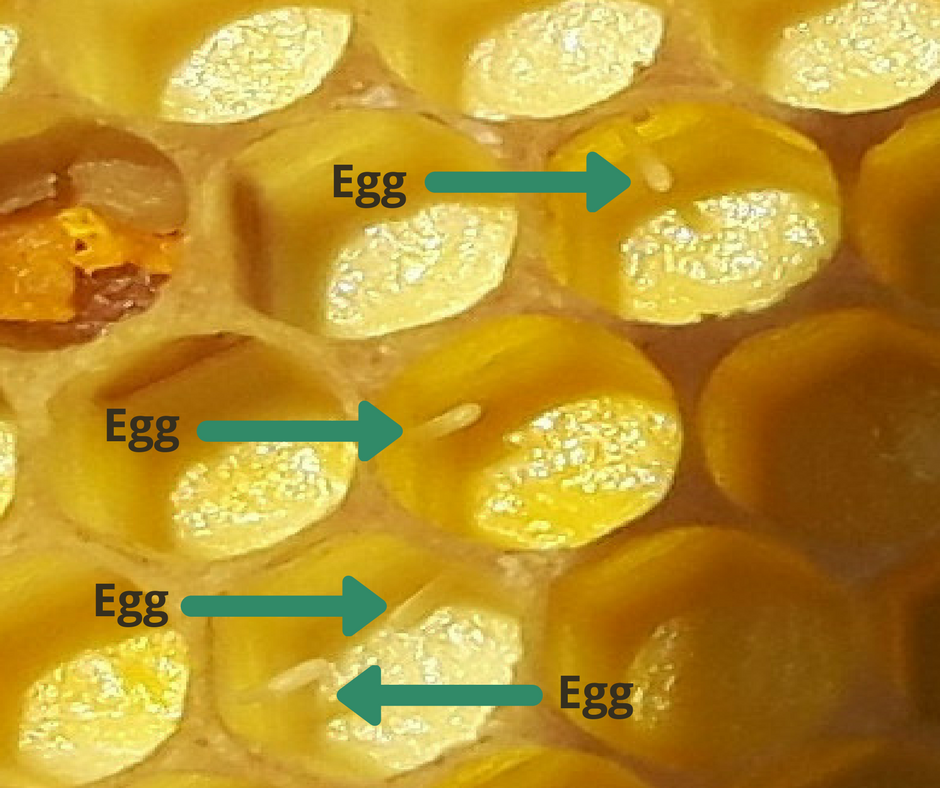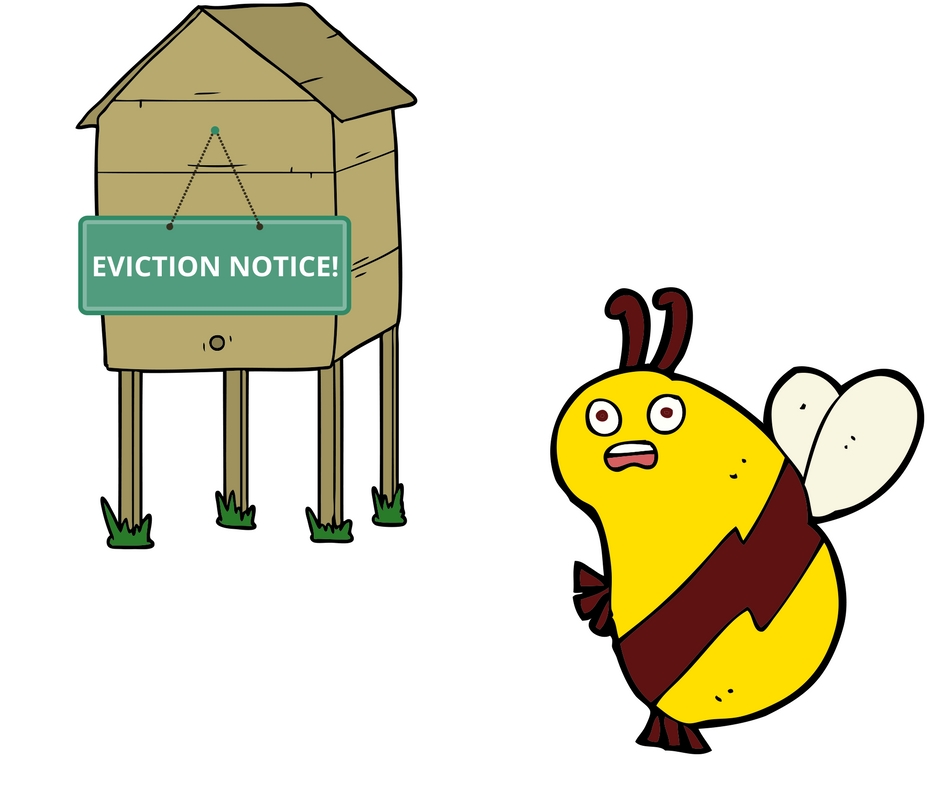Should I Requeen my Hive if it has Laying Workers?
Dec 2019 01
You’ve completed a hive inspection and found multiple eggs in some cells. You know this is a sign of laying workers and you’re wondering what you should do now.
First, let’s find out if you have laying workers or an over-zealous queen.
Typically, only queens lay eggs.
In a normal colony, the ovaries of the worker bees are inhibited by pheromones released by the queen and her brood; this ensures that only the queen can lay eggs. If the queen dies and is not quickly replaced, the pheromone wears off and the worker’s ovaries begin to develop. This eventually allows the workers to take over the egg laying duties of the queen, and can spell disaster for the hive.
Why do we care if workers lay eggs?
A hive with laying worker bees will ultimately perish. Workers can only lay unfertilized eggs, which develop into drones. A hive with too many drones is ultimately doomed because drones do not forage for nectar or pollen. It is then only a matter of time before the food stores are depleted.
How do we know when we have laying workers?
Multiple eggs per cell is the first clue. If the eggs are on the side of cells or on the cell walls then you likely have laying workers. This is due to the short abdomens of worker bees, which prevent them from being able to reach the bottom of the cells. You may also see eggs in cells that contain pollen.

Queen bees have long abdomens that allow them to lay eggs on the bottom of the cells in the hive. If the eggs are on the bottom of the cell it is more likely that they were laid by a queen.
Young queens need a bit of practice laying eggs, so if you recently introduced a queen and there are some cells with multiple eggs on the bottom you shouldn’t panic. The queen will soon correct this laying pattern. Keep an eye on the hive if you are unsure.
How can we fix the laying worker problem?
You’ve determined that you have laying workers. What now?
You will find a few different solutions on Google, but we recommend the “shake-out” method. Hives with laying workers are unlikely to accept a new queen, so we need to “shake-out” the laying workers to remove them from the hive.
Move the laying worker hive at least 30 meters from its original location and put a new (occupied) hive in its place. You can then shake all of the bees from the laying worker hive off of the frames and onto the ground. In theory, the laying workers have never left the hive and will be unable to find their way home once they are on the ground. The bees that are capable of returning home will fly to the original location of their hive and join the new hive that is waiting for them.

A bittersweet ending
The good news is that, using this method, you will not need to purchase a new queen because you will effectively be combining two hives.
The disadvantage is that it is not just laying workers that are lost in the shake out – other important bees, such as the workers that care for the brood, are also unable to find their way home.
Several bees are lost in the process of trying to save the hive, so finding laying workers is always a huge disappointment. The best way to avoid this situation is to check on your hives regularly to ensure that they have a queen. If the hive is queenless, the beekeeper should introduce a new queen immediately.